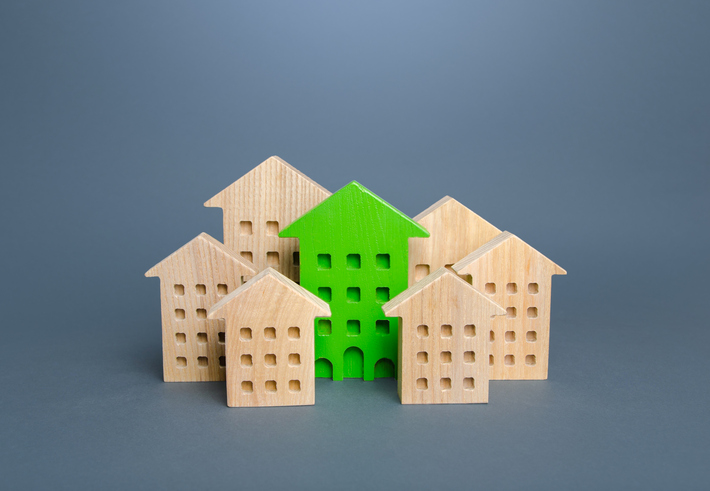The benefits of the transition to net zero are clear: reduced spending on electricity and water bills and being a better steward of the environment around us. But it comes with an upfront cost for many homeowners.
McKinsey suggests reaching net-zero emissions by 2050 requires a significant increase in spending on physical assets across all homes and businesses. In fact, it suggests the transformation of the global economy needed to achieve net-zero emissions by 2050 would be universal and significant, requiring $9.2 trillion in annual average spending on physical needs.
One of the best ways to reach net zero is to start fresh with a home that is built with zero emissions. One example is Cosmic, which creates autonomous-powered ADUs (accessory dwelling units) that improve people’s health. This company has built a unique, self-powered home platform that enables it to build carbon-neutral, healthy, and incredibly efficient homes at high speed and lower cost.
The company says the ADU generates more energy than it consumes. It has a solar roof, with full-scale panels that harvest sun rays to produce clean energy. It also has intelligent air filtration and an efficient heat pump.
For those who can’t transition to a new home, let’s look at a few ideas for how to make your current home more efficient—helping get you a little bit closer to that elusive net-zero target.
Consider solar. Renewable generation does come with an upfront cost, but it is still one of the best ways to generate your own energy.
Look for leaks. If energy is getting out, it is costing you money. Consider high performance windows and doors, air sealing, and insulation to improve energy efficiency in your own home.
Contemplate water. There are big opportunities for efficient water management and rainwater collection to improve water consumption.
Think about Energy Star appliances. These can save between 10-50%. As one example, an energy-efficient dishwasher can save roughly 5,000 gallons of water and $40 in utility costs each year compared to hand washing.
Lighting makes a difference. The average household can save roughly $225 in energy costs per year by making the switch to LED (light-emitting diode).
Technology is king. Net zero and smart home almost must go together in the same sentence. Without the technology, we don’t have the tools to make our homes and our lives more sustainable.
While there is a cost to moving closer and closer to living the net zero life, there are small steps we can take to move further down the path on our journey to more sustainable living.
Want to tweet about this article? Use hashtags #IoT #sustainability #AI #5G #cloud #edge #futureofwork #digitaltransformation #green #ecosystem #environmental #circularworld

